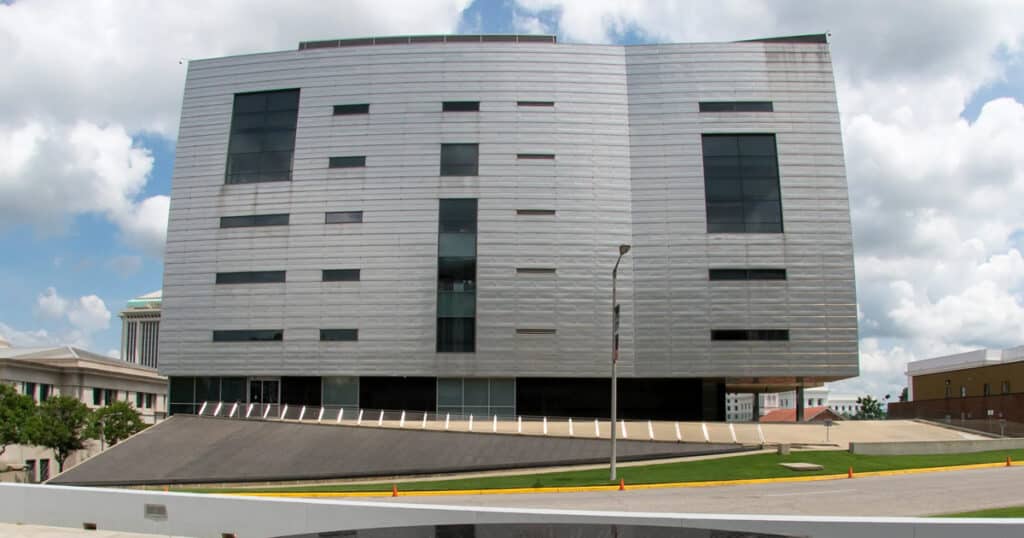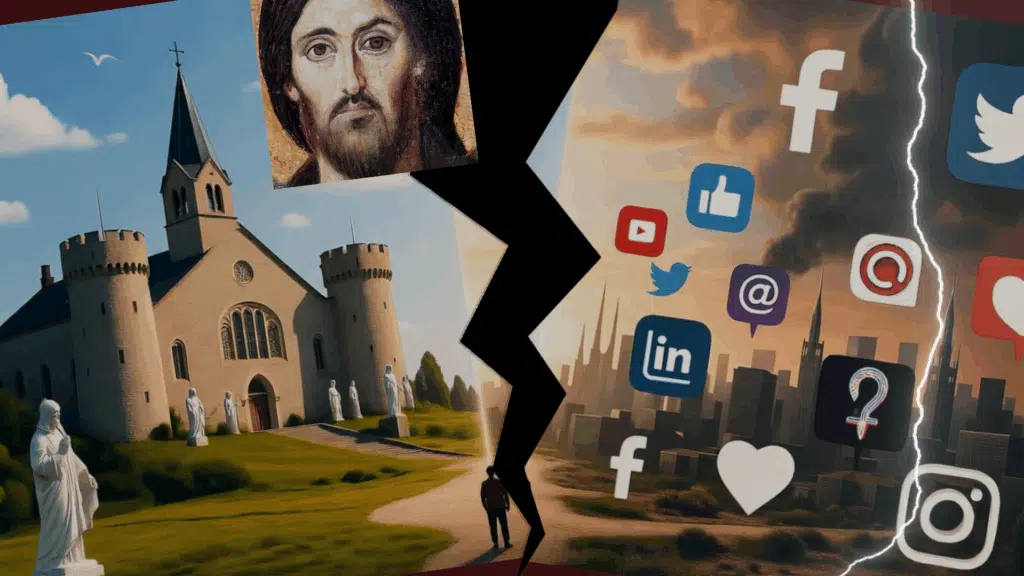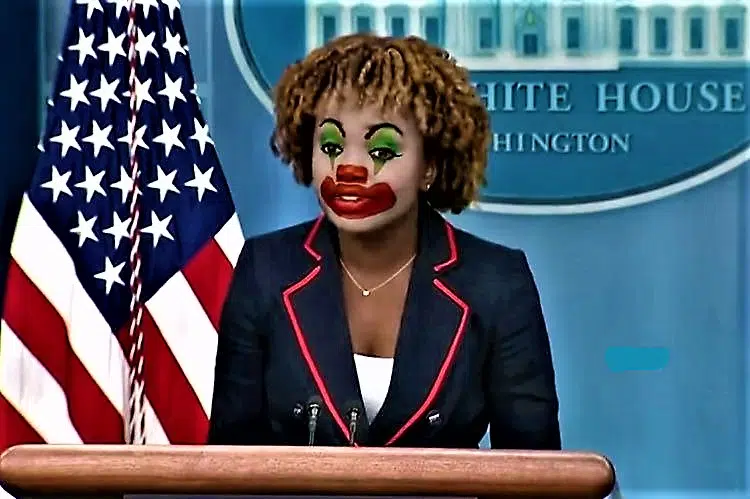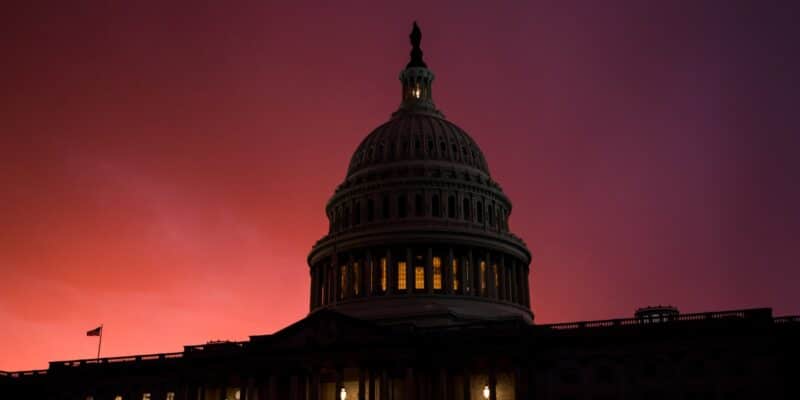
The Fed Squirms Between a Rock and a Hard Place
In 1974, interest rates spiked to 12.3%, rising from 3.4% in 1971. Responding to the inflation threat, the Federal Reserve under Chairman Arthur Burns raised the federal funds rate (FFR) from 3.1% in 1982 to 13.3% by July 1974.
The impact was significant. By 1976, inflation had subsided to 4.8%, and the Fed subsequently declared victory. From 1974 on, the Burns’ Fed continually cut rates until the FFR reached a low of 4.8% by December 1976.
But then something unexpected happened. Inflation returned with a vengeance.
By 1979, inflation reached 13%, and the Fed, now under Paul Volker, was desperately playing catch up. Determined to conquer inflation once and for all, Volker’s Fed raised rates steadily from 1979 to 1981, until the FFR peaked at an astonishing 20%. While Volker ultimately did break the back of institutional inflation, Americans paid a high price as the economy plunged into arguably the worst recession since the Great Depression.
So, what did the Arthur Burns’ Fed miss when they decided to lower rates prematurely?
They failed to account for inflation’s rebound effect.
Burns displayed a fatal misunderstanding of the negative feedback loop inflation creates as it slowly permeates through the economy. Inflation comes in waves. The first shock wave always impacts raw materials. In the 1970s, it started with oil. In the 2020s, the pandemic created a labor shortage that impacted manufacturer’s ability to produce a variety of raw materials.
In both the 1970s and 2020s, once the supply/demand equation found equilibrium, prices began to moderate. This caused inflation to decline over several months and prompted Burns to initiate a series of rate cuts. In early 2024, Powell finds himself in the same eye of the hurricane. Unfortunately, Burns didn’t realize inflation was boiling just under the surface of the top line numbers, and when the effect finally bubbled up, it was too late to stop.
Unlike Burns, Powell is all too aware of the negative feedback loop, but regrettably, he’s facing an entirely different set of circumstances preventing him from taking the necessary actions that would crush this inflation cycle.
The Auto Insurance Industry
No industry provides a better illustration of inflation’s negative feedback loop than auto insurance. Since late 2023, auto owners have received notices of outrageous insurance premium increases, averaging 26% higher than identical coverage just over one year ago.
Insurance industry officials provide a variety of reasons for these increases, but all agree on three main drivers:
* Higher Repair Costs: Repair costs are up 6.7% this year after rising 23% in 2023. This is attributed to accelerating labor and parts costs. Additionally, industry executives point to the added expense of repairing high-tech equipment like rearview cameras and traffic sensors.
* Increasing Frequency of Accidents: Fatal accidents have risen by about 7,000 a year since before the pandemic. In 2022, insures booked losses on 27% of collisions, which is three points higher than before the pandemic. While there is no documentation, common sense would suggest the number of illegal aliens driving without insurance has contributed to a 7% annual increase in fatal accidents since 2019. People who were uninsured represented 13.1% of all drivers in 2017, adding to the increase cost of premiums. One would imagine that the invasion of illegal aliens into the U.S. has only added to the problem.
* Natural Disasters: Apparently, climate change is contributing to auto insurance company losses, although actual statistics to back up these claims are lacking. Several states, like Arizona, for example, haven’t suffered a natural disaster of any magnitude in decades. Yet, last year, Arizona had the second highest increase in auto rates in the nation (15.6%).
The Negative Inflation Feedback Loop and the Fed
Insurance is just one example of inflation rippling through the economy, and ultimately, it creates a negative feedback loop. Drivers receive sticker shock insurance statements with double-digit increases, and they have no choice but to tighten their belts or dig into savings. While those may be temporary solutions, in most cases, the employee demands a raise to keep pace when the cost of living elevates. Higher wages chasing higher prices simply ignites another round of inflation.
Those are the circumstances Arthur Burns faced in the 1970s and Jerome Powell is addressing in 2024. After their recent March meeting, the Fed issued a statement that said in part,
The Committee does not expect it will be appropriate to reduce the target range until it has gained greater confidence that inflation is moving sustainably toward 2 percent.
At the same time, the Committee also reiterated its intent to initiate three rate cuts in 2024.
The language referencing rate cuts calmed the markets, but defies the direction of the Consumer Price Index (CPI), which has risen for three straight months. In light of Arthur Burn’s colossal mistake, why is Powell continuing to assure markets rate cuts are coming?
He has one trillion reasons.
That’s right, the interest on the national debt for 2024 is projected to surpass $1 trillion. In fact, debt-related interest will likely be the fifth largest item in the federal budget, exceeded only by pensions, healthcare, education and defense. The worst part is that debt-related interest is also in a negative feedback loop. As reckless Democrats add to the deficit, the principal grows, and the interest on the debt follows in tandem. High interest rates compound the problem. Analysts predict that at the current rate of expansion, interest on the debt will become the number one budget expenditure by 2032.
Can you say Sovereign Debt Crisis?
All of this probably keeps Jerome Powell up at night because he’s stuck between the proverbial rock and a hard place. He must lower rates to reduce the interest portion of the runaway deficit, but if the cuts ignite inflation ala Arthur Burns, Powell will need to elevate the FFR to levels far higher than they are currently.
I’m tellin’ ya, if Biden gets a second term, we’re all really screwed.



